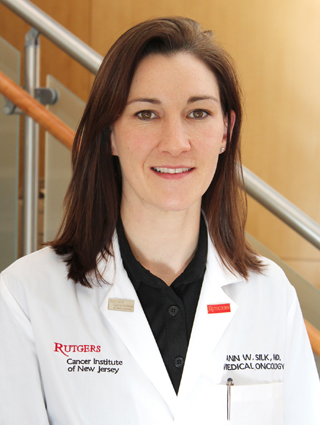Whether during the ‘dog days’ of summer or at other times of the year, you still need to protect yourself from the sun’s harmful rays. According to the American Cancer Society, skin cancer is the most commonly diagnosed cancer. Basal cell carcinoma and squamous cell carcinoma are the most common kinds of skin cancer, and most are easily cured. The risk of developing these cancers is directly related to your cumulative amount of sun exposure over your lifetime.
Melanoma is a less common form of skin cancer, but it is much more lethal. Your risk of melanoma is also related to sun exposure, especially sunburns. About two-thirds of melanoma is thought to be caused by skin cell damage from ultraviolet (UV) rays. Some melanomas may be preventable by limiting sun exposure. A person's risk for melanoma more than doubles if he or she had five or more severe sunburns in adolescence. The simple act of applying sunscreen can help reduce your risk of burning and developing skin cancer. For instance, a clinical study of sunscreen use in Australia found that people who used sunscreen on a daily basis for four years had 50 percent fewer melanomas develop over the following 10 years (Journal of Clinical Oncology, Green, et al, 2011).
Other ways to reduce your risk of sun exposure include:
- Use a moisturizer that contains sunscreen with SPF 15 or more every day on your face, neck, and ears. (The formulations of sunscreens and moisturizers with SPF have improved, and there are now many products available that do not feel tacky or greasy. Find one that you like. If you don’t like it, you won’t use it!)
- Apply one ounce (two tablespoons) of sunscreen with SPF 30 or more to your entire body 30 minutes before heading outside. Reapply every three to four hours. Do not burn!
- Avoid exposure at peak hours, between 11 A.M. and 3 P.M.
- Choose clothing that provides sun protection, including a broad-brimmed hat and UV-blocking sunglasses.
- Examine your skin head-to-toe every month. See your physician every year for a professional skin exam. People who have at least 50 moles are nearly four times more likely to develop melanoma. If you fall into this category or have a history of skin cancer in your family, you should consider seeing a dermatologist.
So remember, whether gardening, spending time at the pool, raking leaves or hitting the ski slopes, be sure to protect yourself from the sun!
Ann W. Silk, MD, is a medical oncologist who evaluates patients in the Melanoma and Soft Tissue Oncology Program at Rutgers Cancer Institute of New Jersey and an assistant professor of medicine at Rutgers Robert Wood Johnson Medical School.


 By
By